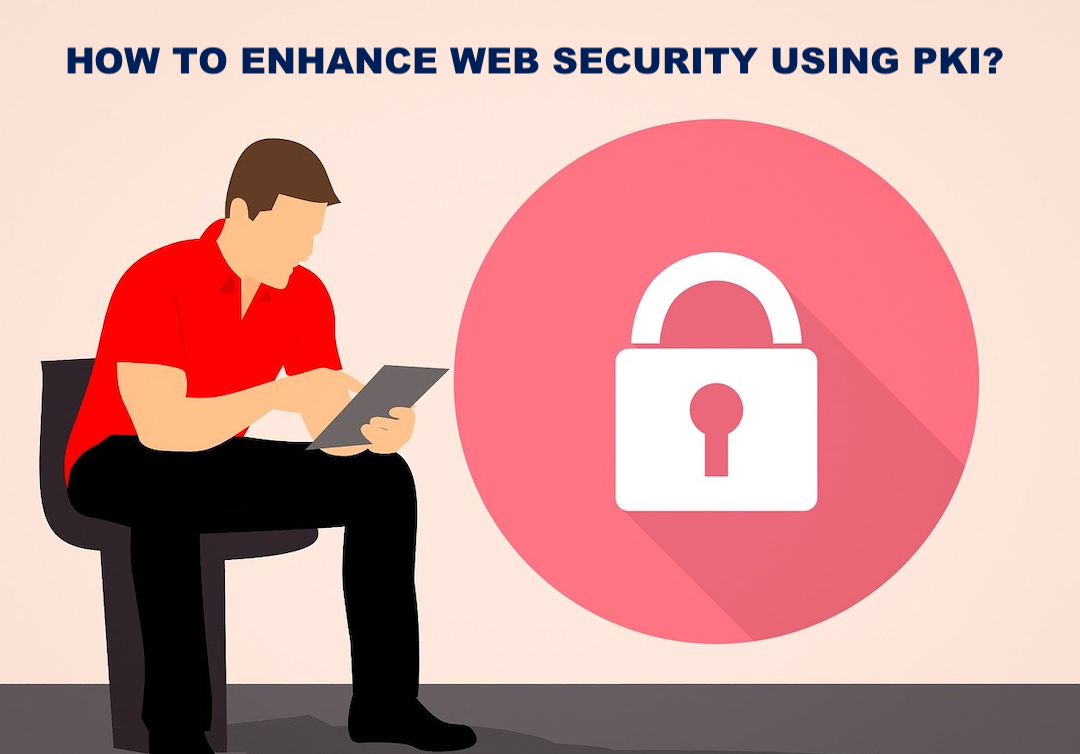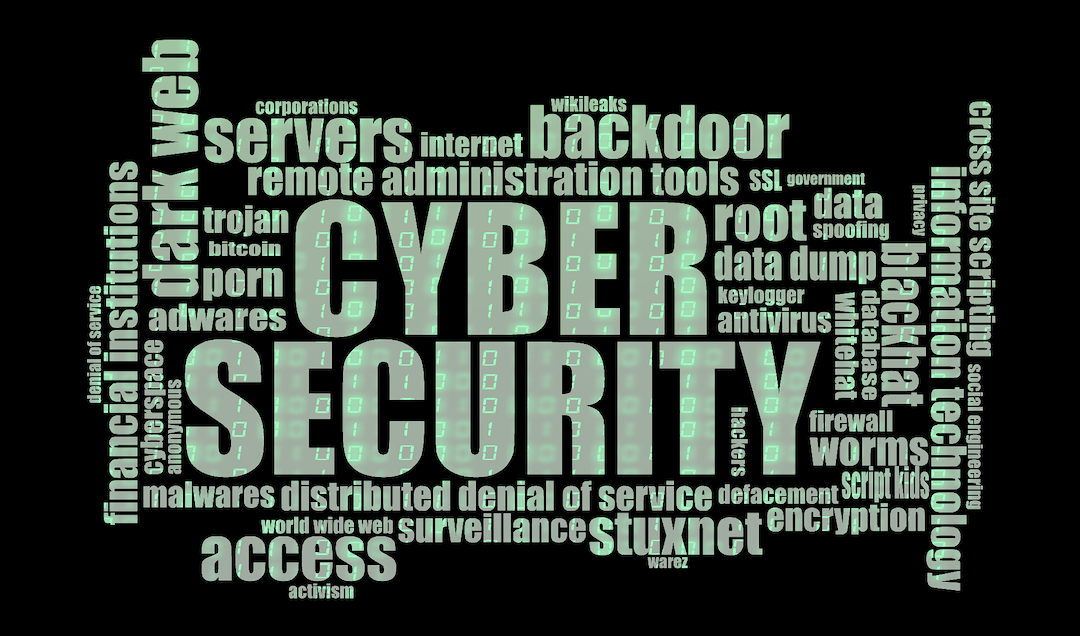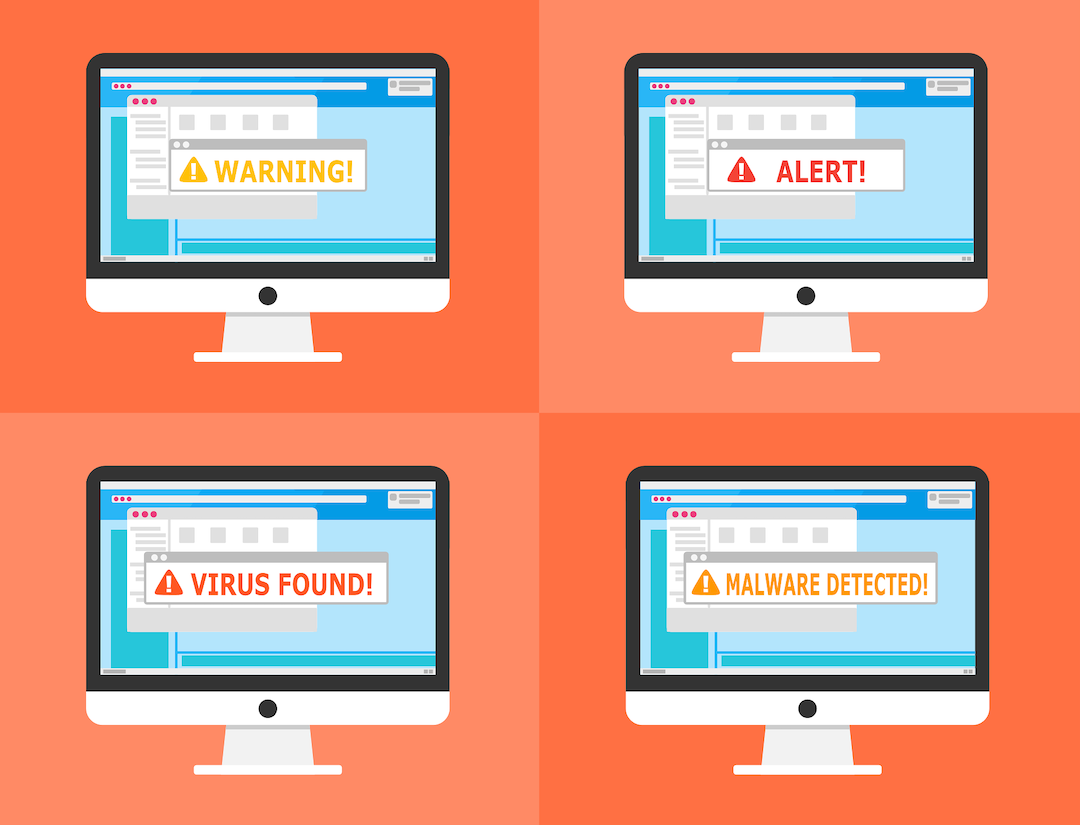
In today’s world, everything is on the web – from banking, and company information, to business data. Though everything has become accessible, maximizing web security has become imperative to avoid data breaches. And one effective solution is using PKI tools. PKI or Public Key Infrastructure ensures your data remains encrypted at its base. It is the core of any business’s IT backbone, and its usage is growing on a huge scale. The PKI market size, valued at $3 billion in 2022, is estimated to reach $20 billion by 2032 at 20% CAGR.
However, considering that many businesses find key management challenging, knowing the right way to use PKI for maximum web security is critical. On that note, here are the ways to better web security:
1. Embrace New PKI Solutions
At present, all IoT devices need to be Matter certified, which is the new global standard for smart home consumer products ensuring all devices, regardless of their controllers or manufacturers, are globally connectable and feature sting cyber security systems to safeguard against cyber-attacks. Matter certification, which makes all devices adhere to the same security standards, reduces incompatibility problems and vulnerabilities common in the industry for smart home IoT.
Now the PKI solution serves as the foundation of Matter’s security. For all IoT devices to be Matter certified, they need to use new special digital certificates known as DACs or device attestation certificates that ensure device authentication, further enabling secure device-to-cloud and device-to-device communications.

2. Rotate Keys Regularly and Use Strong Cryptographic Standards
Rotating and upgrading cryptographic keys regularly will refrain attackers from predicting key combinations even if they use the most brutal force attacks. Also, they won’t be able to use even an old, compromised key combination to decode your recent data. So, all your data remains completely safe.
Since outdated cryptographic algorithms may be vulnerable to attacks, use strong and modern standards, like PQC or Post Quantum Cryptography, ECC, and RSA 2048-bit or higher, that help to maintain security.
3. Use MFA, Secure Key Storage, and Renew Certificate Timely
Secure storage of cryptographic keys ensures maximum web security as it prevents unauthorized access. Store keys in tamper-proof and secure systems, like HSMs or Hardware Security Modules. Added to this is the significance of MFA or multi-factor authentication that authenticates policies to add an extra security layer. Ensure using different types of authentication from varied category credentials to authenticate user identity for logins and other crucial transactions. Besides this, renew the certificate on time and rapidly revoke all compromised certificates to prevent your systems from any threats.

4. Sign Software and Their Updates Digitally
This is another way of enhancing web security in 2023. With PKI, you can digitally sign device software, including updates and patches, with a code-signing certificate for extra security and authenticity. Digital signatures for software updates ensure no one messes with them since you have already signed them.
5. Regular Audits and Systematic Certificate Lifetime Management are Crucial
Make it a point to audit and review your PKI environment regularly. This must include examining systems and archives for suspicious behavior, operating anomalies, and unlawful access, which further helps detect potential interruptions or risks. Simultaneously, manage and define each stage of the certificate lifetime, like certificate request, revocation, issuance, and renewal, properly to ensure no certificate is valid when it should not be.
6. Use the Least Privilege Model
Next on the list is the Least Privilege Model, which ensures that only the people who require certificates and keys can access them. So, by using this, you can significantly lower the chances of insider threat.

7. Secure Data and Devices with IoT Device Certificates
Keep in mind that using OT and IoT technologies in the digital environment is not enough; ensuring their security is crucial. Thus, besides having PKI digital certificates on your IoT devices, you must opt for a new PKI solution called IoT device certificates. They authenticate your device identity, secure communications between two devices with the help of PKI, and ensure strong data and encryption integrity throughout the device’s lifecycle.
8. Manage Endpoint Security and Employee Education
Protecting the security of all network endpoints is critical, and this may include updating and patching systems regularly to prevent emerging web security threats. At the same time, you must also ensure that all your employees are trained on PKI significance regularly, along with your organization’s PKI policy and the right way to maintain security. Proper employee training reduces the chances of errors, thus preventing the undermining of even the most sophisticated technical security measures.
9. Adopt Digital Identity for Your Organization’s IT Environment
Embracing digital identity for your organization’s IT environment entails creating a safe and secure digital environment, both for your organization and the consumers. And PKI procedures and tools can help you with this. PKI is among the strongest and most verifiable identity solutions to strengthen your organization’s credential security while providing attribute and credential validation.
You can use PKI to create digital identities within your organization by employing different ways. These include code signing certificates, SSL/TLS certificates; client authentication certificates; S/MIME certificates; device attestation certificates; PKI device certificates, and document signing certificates.
Digital identity is the core of PKI, and without a verifiable digital identity, PKI may not produce results because there would be no specific way to authenticate the different parties.
10. Sign All Executables and Codes Digitally Before Release
Safeguard and authenticate the integrity of your codes, executables, and containers using publicly trusted digital signatures. Code signing certificates issued by reliable CAs or certificate authorities can help you do this. These certificates work by attaching your digital signature to all digital assets to prove their originality. They also use other cryptographic functionalities to ensure asset integrity before release.
Conclusion
So, there you go! PKI plays an important role in assisting organizations in achieving their desired web security results, touching everything from IoT security to verifiable digital identities. But make sure you use the above ways to best use PKI and its tools and maximize web security.
Share this post
Leave a comment
All comments are moderated. Spammy and bot submitted comments are deleted. Please submit the comments that are helpful to others, and we'll approve your comments. A comment that includes outbound link will only be approved if the content is relevant to the topic, and has some value to our readers.

Comments (0)
No comment